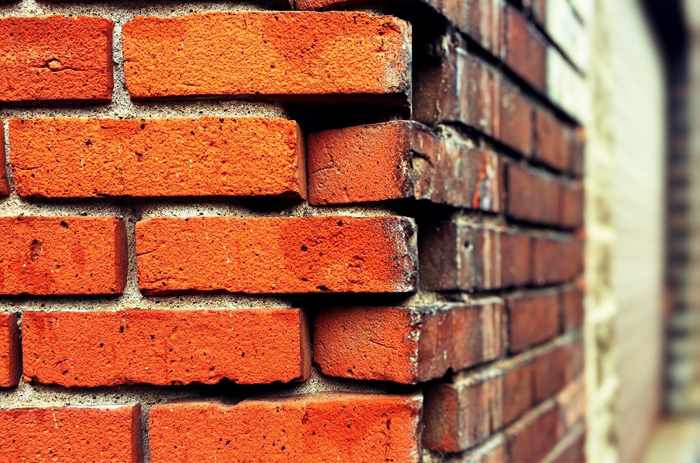
The thickness of a brick wall is calculated taking into account climatic conditions. The harsher the weather conditions in the construction area, the thicker the brickwork should be, which is designed to effectively retain heat in the house.
The thickness of the external walls depends not only on what kind of brick will be used in construction, but also on whether it is planned to use modern insulation in the finishing of the building. Ceramic and silicate products used for construction are solid and hollow, and this division affects the thickness of the walls being erected.
When using a solid product, they are made thicker. If hollow ones are used, then the thermal conductivity of the building being erected decreases due to air chambers, and the thickness of the walls can also decrease.
When making a building from silicate brick, thinner external walls are erected, because this type of building material has lower thermal conductivity compared to a ceramic product.
Recently, developers have begun to refuse to erect thick walls. To reduce thermal conductivity, various insulation materials are used, which reduce the cost of the building and improve its soundproofing characteristics. When using insulation materials, the optimal wall thickness is such that it can withstand all loads, and the erected building will be durable.

